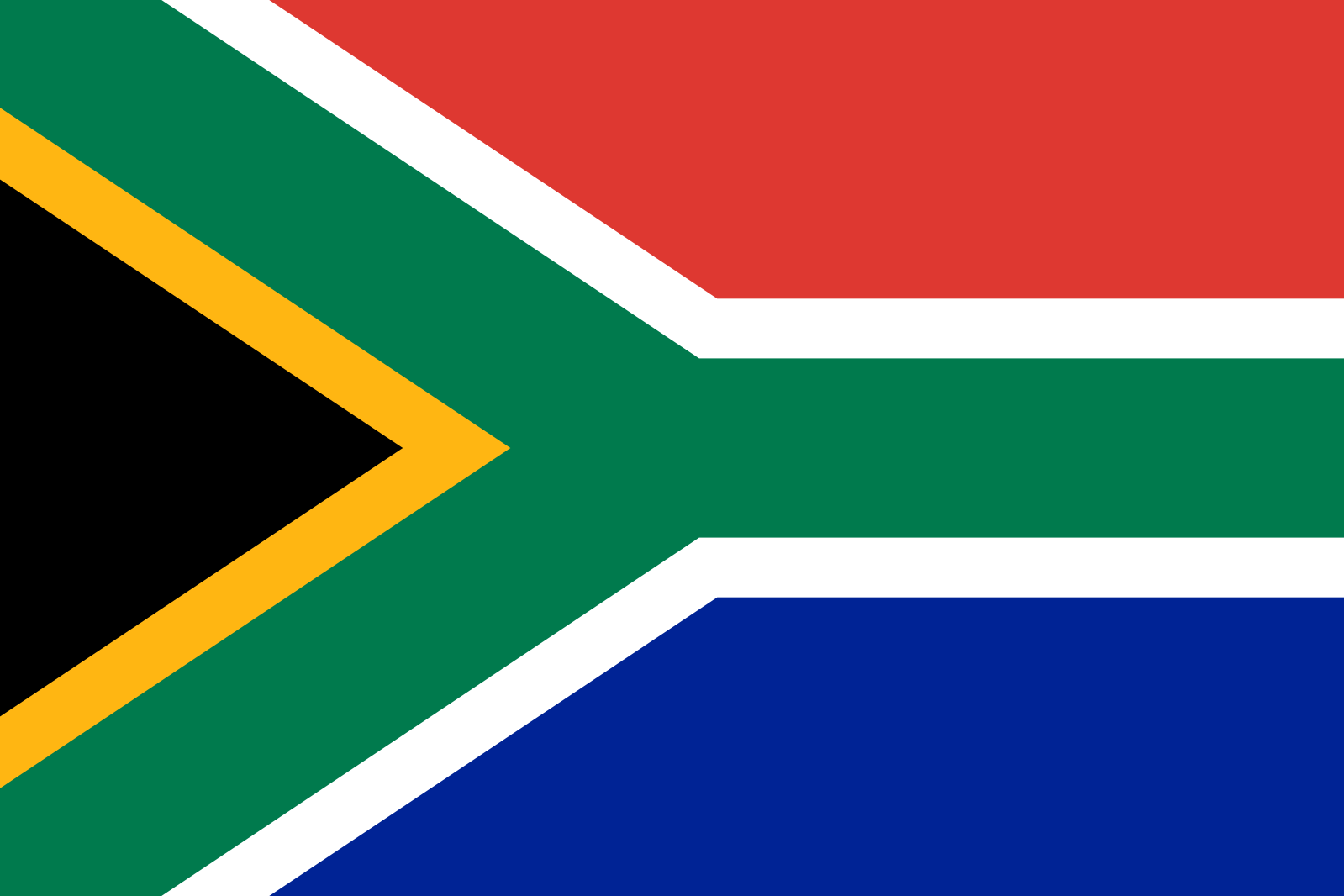Religion, Ethnicity and Immigrant Integration: ‘Latino’ Lutherans versus ‘Mexican’ Catholics in a Midwestern City
By Luisa Feline Freier
Volume 8, Issue 2, pages 267-289
Abstract
Although the majority of Latin American immigrants to the United States are Roman Catholics, increasing numbers of Latinos are converting to Protestantism. To understand the incentives for, and any possible integration effects of, immigrants’ religious conversion, it is crucial to examine not only the religious but also the social boundaries of new immigrant congregations. This article examines the class-based but ethnically labeled boundary construction of a Latino Lutheran towards a Latino Roman Catholic congregation in Madison, Wisconsin. The de facto ethnicised class differentiation via denominational choice shows that first: for ethnic discrimination to occur, no exclusive and imperative categories are needed, second: socioeconomic identification can superimpose religious and ethno-cultural feelings of belonging, and third: the formation of a more liberal and higher educated ‘Latino’ Lutheran community facilitates the civic integration of its worshippers into the broader community based on the political mobilisation of panethnic identification.
Read the full article here.



